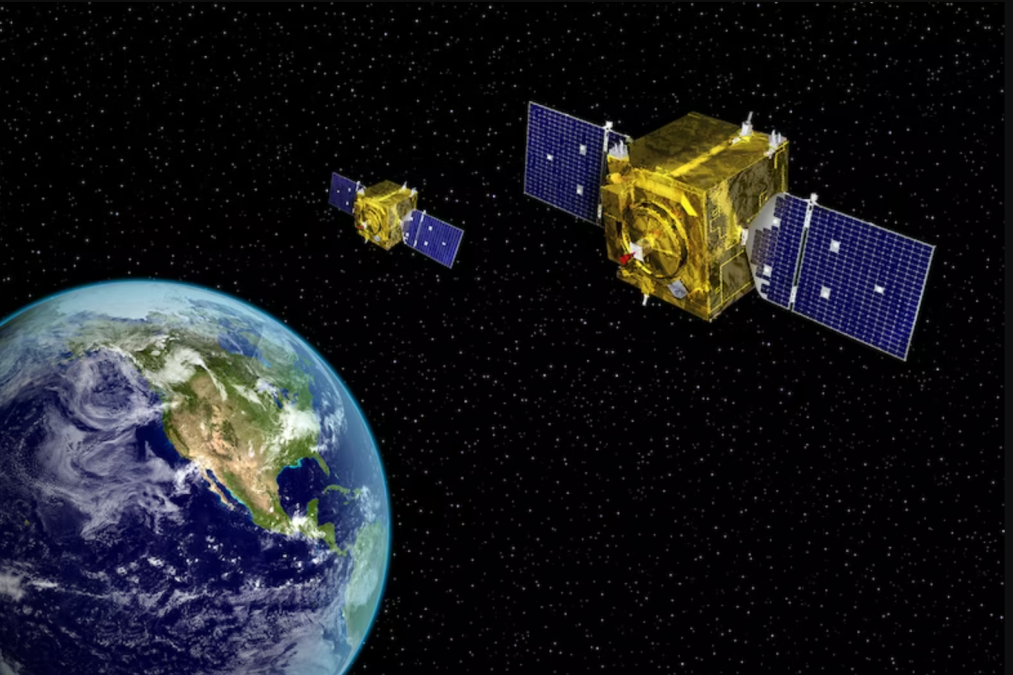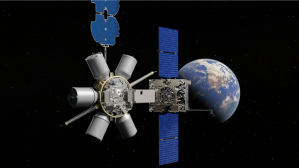US Space Command wants more maneuverable satellites on orbit by 2028

U.S. Space Command is probing government agencies for on-orbit refueling capabilities that will increase the maneuverability and lifespan of its satellites, with a goal to have a sustained maneuver capability in place before the end of the decade.
The combatant command is looking to have sustained space maneuver capabilities operational by 2028, according to Spacecom Deputy Commander Lt. Gen. John Shaw. To prepare for the deadline, the organization sent a request for information to Defense Department components and other government agencies last year asking for help with a demonstration — planned for no later than 2026 — of the capability, he noted.
“What we’re trying to articulate as a requirement to Space Force is, we need to be able to have sustained space maneuver for those platforms that we deem are the kind that need to be dynamic, as opposed to positional,” Shaw said Thursday during a webinar hosted by the Mitchell Institute.
Satellites currently operated by Spacecom have limited on-orbit mobility that won’t meet requirements for future missions. Now, the command wants to equip future platforms with capabilities that will support “dynamic space operations” — that is, the ability to easily, continuously and quickly maneuver on-orbit over long periods of time and distance, Shaw noted.
While some space systems — like missile warning and satellite communications — won’t need additional maneuverability, “there’s an emerging set of platforms that we think have to overcome this positional approach, and they need to probably spend most of their lifetime changing their energy state and maneuvering as opposed to staying in orbit — or, at least a much, much larger percentage than we do today,” Shaw said.
He pointed to the Geosynchronous Space Situational Awareness Program (GSSAP) as an example where the command wants more freedom of movement. Situated about 36,000 kilometers from Earth, the satellites conduct surveillance of objects on orbit.
But without a way to refuel, mission planners and operators are forced to maneuver the satellites in a way that does not waste fuel, Shaw noted.
“If we saw a satellite behaving suspiciously but it was sufficiently far enough away from a GSSAP platform, it would take us a while to get there given the limited fuel budget,” he said, referring to fuel constraints — not funding availability. “It may be determined that we just can’t get there because it doesn’t fit within the lifetime profile of how you’re going to fly a satellite.”
Shaw compared current satellite operations to conducting aerial reconnaissance with a Zeppelin airship, emphasizing that spacecraft maneuverability needs to improve just as aircraft maneuverability did in the previous century.
“If I could refuel my GSSAP satellites once a month, we would be operating them completely differently than we do now,” he said. “They’d be operating at maximum thrust levels and delta-V levels that are unlike anything we’re doing right now.”
In addition to calling for more refueling capabilities, Shaw noted that increasing the commoditization of satellites would make them more available to Space Command.
“Just give me a new one. I almost don’t care what Space Force gives us at Space Command, as long as it solves my problem that I can’t sustain maneuver,” he said.






